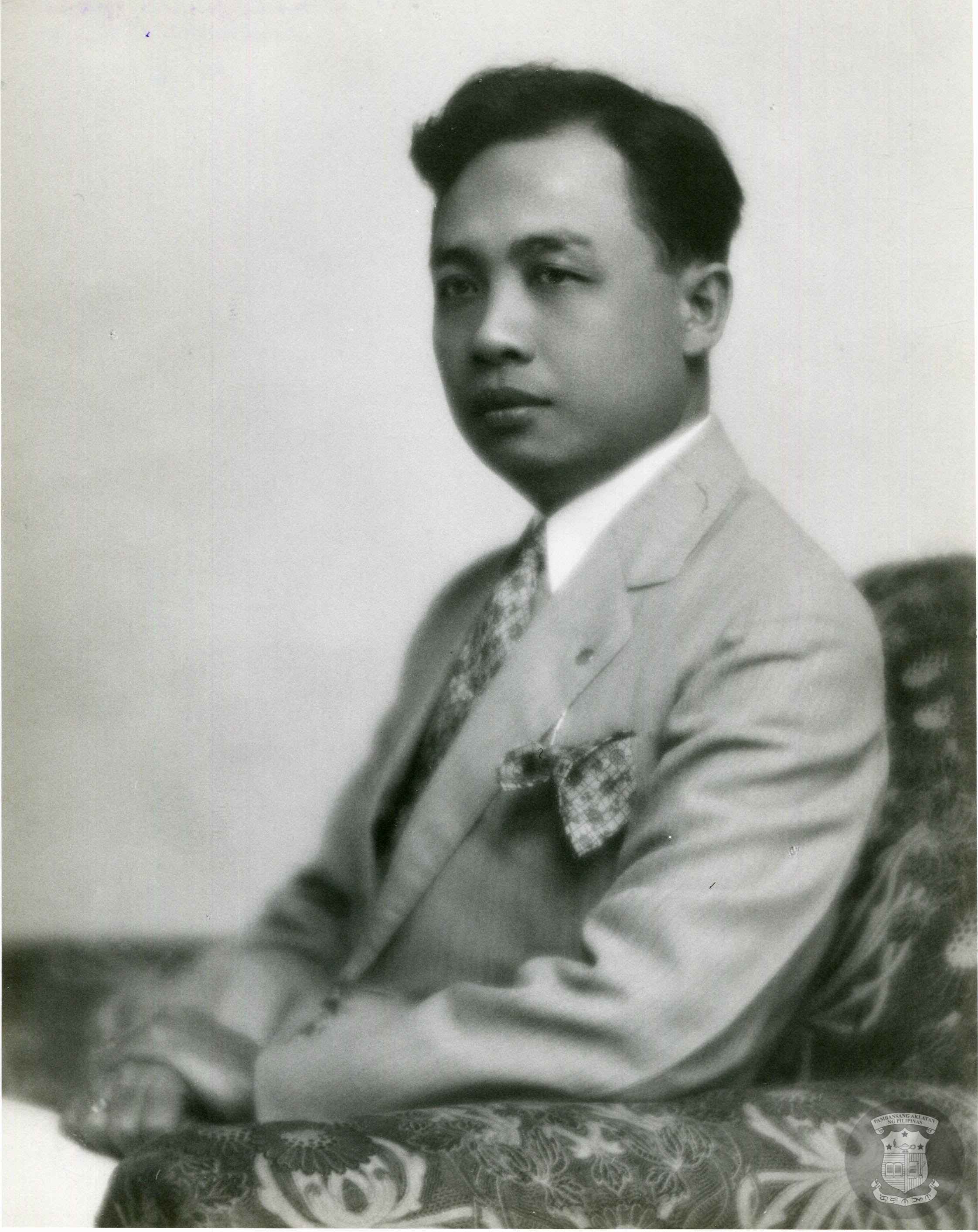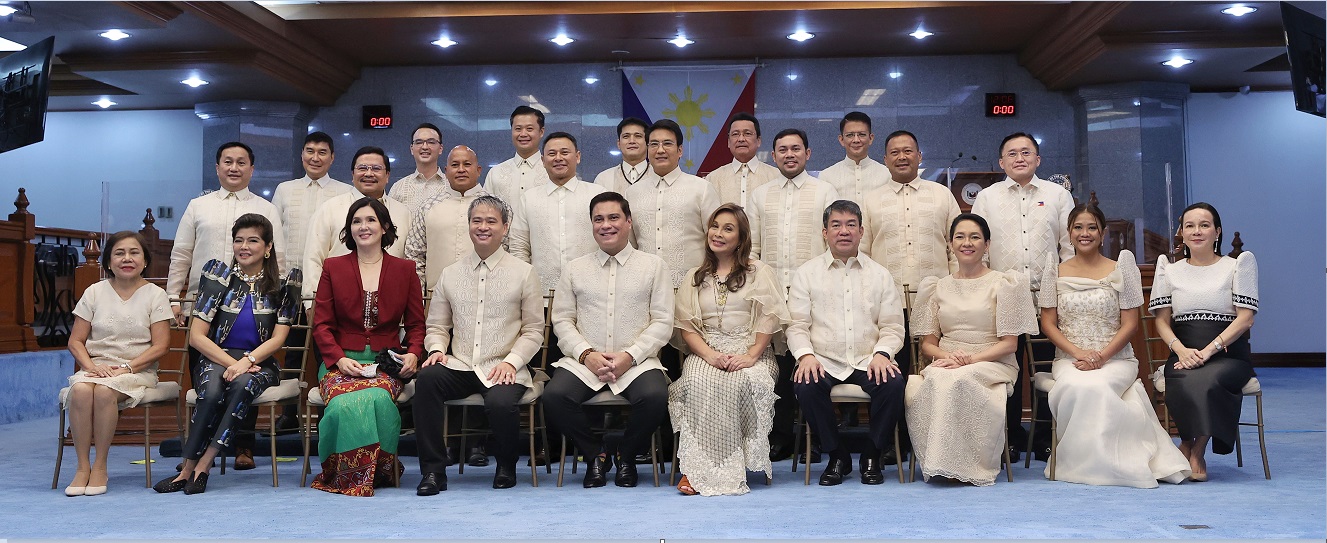|
Legislative Districts Of Quezon
The legislative districts of Quezon are the representations of the province of Quezon and the highly urbanized city of Lucena in the various national legislatures of the Philippines. The province and the city are currently represented in the lower house of the Congress of the Philippines through their first, second, third, and fourth congressional districts. History Areas now under the jurisdiction of Quezon, known as ''Tayabas'' until 1949, were initially represented by the at-large district of Tayabas, which elected three representatives, and the at-large district of Principe Infanta to the Malolos Congress in 1898; it remained so until 1899. Tayabas was later divided into two representative districts in 1907 for the Philippine Assembly. Marinduque was last represented as part of the province's second district in 1922, after its establishment as a regular province in 1920 warranted its separate representation. As a consequence, a minor reorganization of the composition o ... [...More Info...] [...Related Items...] OR: [Wikipedia] [Google] [Baidu] |
Quezon Congressional Districts
Quezon, officially the Province of Quezon () and historically known as Tayabas, is a Provinces of the Philippines, province in the Philippines located in the Calabarzon Regions of the Philippines, region on Luzon. Lucena, a highly urbanized city governed separately from the province, serves as the provincial capital and its most populous city. The name of the province came from Manuel L. Quezon, the president of the Philippines from 1935 to 1944. The province was known as ''Kalilayan'' upon its creation in 1591, renamed as ''Tayabas'' by the 18th century, before settling on its current name in 1946. To distinguish the province from Quezon City, it is also known as Quezon Province, a variation of the province's official name. One of the largest provinces in the country, Quezon is situated on the southeastern portion of Luzon, with the majority of its territory lying on an isthmus that connects the Bicol Peninsula to the rest of Luzon. It also includes the Polillo Islands in the ... [...More Info...] [...Related Items...] OR: [Wikipedia] [Google] [Baidu] |
Philippine Assembly
The Philippine Assembly (sometimes called the Philippine National Assembly) was the lower house of the Philippine Legislature from 1907 to 1916, when it was renamed the House of Representatives of the Philippines. The Philippine Assembly was the first national legislative body fully chosen by elections. The Assembly was created by the 1902 Philippine Organic Act of the United States Congress, which established the Insular Government of the Philippines. Along with an upper house (the appointed Philippine Commission), it formed the bicameral Philippine Legislature during the American colonial period. In 1916, the Jones Act replaced the Philippine Organic Act and the Assembly became the current House of Representatives of the Philippines. The first Philippine Assembly elections were held on July 30, 1907. These were the first nationwide elections ever held in the Philippines. The Assembly was inaugurated on October 16, 1907 with Sergio Osmeña as Speaker of the Assem ... [...More Info...] [...Related Items...] OR: [Wikipedia] [Google] [Baidu] |
KALIBAPI
The Kapisanan sa Paglilingkod sa Bagong Pilipinas (), or KALIBAPI, was a fascist Filipino political party that served as the sole party of state during the Japanese occupation. It was intended to be a Filipino version of Japan's governing Imperial Rule Assistance Association. History Formed by the Philippine Executive Commission (Komisyong Tagapagpaganap ng Pilipinas) under the leadership of Jorge Vargas, the party was created by Proclamation No. 109 of the PEC, a piece of legislation passed on December 8, 1942, banning all existing political parties and creating the new governing alliance. The Japanese had already dissolved all political parties on the islands, even including the pro-Japanese Ganap Party, and established KALIBAPI as a mass movement designed to support the occupation whilst taking advantage of Filipino nationalism in the region. Inaugurated on December 30, 1942, the death anniversary of Filipino writer and national hero José Rizal, "to emphasize the pa ... [...More Info...] [...Related Items...] OR: [Wikipedia] [Google] [Baidu] |
Ex Officio Member
An ''ex officio'' member is a member of a body (notably a board, committee, or council) who is part of it by virtue of holding another office. The term ''ex officio'' is Latin, meaning literally 'from the office', and the sense intended is 'by right of office'; its use dates back to the Roman Republic. According to ''Robert's Rules of Order'', the term denotes only how one becomes a member of a body. Accordingly, the rights of an ''ex officio'' member are exactly the same as other members unless otherwise stated in regulations or bylaws. It relates to the notion that the position refers to the position the ex officio holds, rather than the individual that holds the position. In some groups, ''ex officio'' members may frequently abstain from voting. Opposite notions are dual mandate, when the same person happens to hold two offices or more, although these offices are not in themselves associated; and personal union, when two states share the same monarch. For profit and nonprofi ... [...More Info...] [...Related Items...] OR: [Wikipedia] [Google] [Baidu] |
Governor Of Quezon
The governor of Quezon is the local chief executive of the Philippine province of Quezon, which was previously called Tayabas until 1946. List of governors of Quezon ;Notes Elections * 1988 Quezon local elections * 1992 Quezon local elections * 1995 Quezon local elections * 1998 Quezon local elections * 2001 Quezon local elections * 2004 Quezon local elections * 2007 Quezon local elections * 2010 Quezon local elections * 2013 Quezon local elections * 2016 Quezon local elections * 2019 Quezon local elections * 2022 Quezon local elections * 2025 Quezon local elections References Governors of provinces of the Philippines, Quezon Politics of Quezon Long stubs with short prose {{government-stub ... [...More Info...] [...Related Items...] OR: [Wikipedia] [Google] [Baidu] |
Second Philippine Republic
The Second Philippine Republic, officially the Republic of the Philippines and also known as the Japanese-sponsored Philippine Republic, was a Japanese-Axis powers, backed government established on October 14, 1943, during the Japanese occupation of the Philippines, Japanese occupation of the islands until its dissolution on August 17, 1945. Background After the Japanese invasion of the Philippines, President of the Philippines, President Manuel L. Quezon had declared the capital city, national capital Manila an "open city", and left it under the rule of Jorge B. Vargas, as mayor. The Japanese entered the city on January 2, 1942, and established it as the capital. Japan fully captured the Philippines on May 6, 1942, after the Battle of Corregidor. General Masaharu Homma decreed the dissolution of the Commonwealth of the Philippines and established the Philippine Executive Commission (), a caretaker government, with Vargas as its first chairman in January 1942. KALIBAPI – (Ta ... [...More Info...] [...Related Items...] OR: [Wikipedia] [Google] [Baidu] |
National Assembly Of The Second Philippine Republic
The National Assembly was the legislature of the Second Philippine Republic from September 25, 1943, to February 2, 1944. Half of the membership of the assembly consisted of provincial governors or city mayors acting in an ''ex officio'' capacity, while the other half were indirectly elected through local conventions of KALIBAPI members during the Japanese occupation of the Philippines. Sessions Legislation The National Assembly of the Second Philippine Republic passed a total of 66 laws: Act No. 1 to 66. Major legislation *Act No. 1 – ''Creation of the Ministry of Foreign Affairs'' Leadership * Speaker: Benigno Aquino Sr. (Tarlac, KALIBAPI) * Floor Leader: Francisco Zulueta (Bacolod, KALIBAPI) Members The assembly consisted of 108 members from 46 provinces and 8 chartered cities. The numbers and territorial coverages of these areas differed from the pre-war status in several ways: * The provinces of Batanes, Marinduque and Romblon had been abolished and their mu ... [...More Info...] [...Related Items...] OR: [Wikipedia] [Google] [Baidu] |
World War II
World War II or the Second World War (1 September 1939 – 2 September 1945) was a World war, global conflict between two coalitions: the Allies of World War II, Allies and the Axis powers. World War II by country, Nearly all of the world's countries participated, with many nations mobilising all resources in pursuit of total war. Tanks in World War II, Tanks and Air warfare of World War II, aircraft played major roles, enabling the strategic bombing of cities and delivery of the Atomic bombings of Hiroshima and Nagasaki, first and only nuclear weapons ever used in war. World War II is the List of wars by death toll, deadliest conflict in history, causing World War II casualties, the death of 70 to 85 million people, more than half of whom were civilians. Millions died in genocides, including the Holocaust, and by massacres, starvation, and disease. After the Allied victory, Allied-occupied Germany, Germany, Allied-occupied Austria, Austria, Occupation of Japan, Japan, a ... [...More Info...] [...Related Items...] OR: [Wikipedia] [Google] [Baidu] |
Philippines's 5th Senatorial District
Philippines's 5th senatorial district, officially the Fifth Senatorial District of the Philippine Islands (), was one of the twelve senatorial districts of the Philippines in existence between 1916 and 1935. It elected two members to the Senate of the Philippines, the upper chamber of the bicameral Philippine Legislature under the Insular Government of the Philippine Islands for each of the 4th Philippine Legislature, 4th to 10th Philippine Legislature, 10th legislatures. The district was created under the 1916 Jones Law (Philippines), Jones Law from the southern Luzon provinces of Batangas, Cavite, Mindoro (province), Mindoro and Quezon, Tayabas. Marinduque was added in 1920 upon its re-establishment as a regular province separate from Tayabas. The district was represented by a total of five senators throughout its existence. It was abolished in 1935 when a unicameral National Assembly of the Philippines, National Assembly was installed under a new constitution following the passa ... [...More Info...] [...Related Items...] OR: [Wikipedia] [Google] [Baidu] |
Philippine Legislature
The Philippine Legislature was the legislature of the Philippines from 1907 to 1935, during the American colonial period, and predecessor of the current Congress of the Philippines. It was bicameral and the legislative branch of the Insular Government. From 1907 to 1916, under the Philippine Organic Act of 1902, the legislature's lower house was the elected Philippine Assembly and its upper house was the appointed Philippine Commission, headed by the American governor general (who also served as the executive of the Insular Government). In 1916, the Jones Law abolished the Philippine Commission and reorganized the Philippine Legislature as a fully elected, bicameral legislature composed of the Senate and House of Representatives, precursors to current Senate of the Philippines and House of Representatives of the Philippines. In 1935, the Commonwealth of the Philippines was established and the National Assembly of the Philippines replaced the Philippine Legislature. ... [...More Info...] [...Related Items...] OR: [Wikipedia] [Google] [Baidu] |
Senate Of The Philippines
The Senate of the Philippines () is the upper house of Congress of the Philippines, Congress, the bicameral legislature of the Philippines, with the House of Representatives of the Philippines, House of Representatives as the lower house. The Senate is composed of 24 senators who are elected at-large (the country forms one district in Philippine Senate elections, senatorial elections) under a Plurality block voting, plurality-at-large voting system. Senators serve six-year terms with a maximum of two consecutive terms, with half of the senators elected in staggered elections every three years. When the Senate was restored by the Constitution of the Philippines, 1987 Constitution, the 24 senators who were elected in 1987 served until 1992. In 1992, the 12 candidates for the Senate obtaining the highest number of votes served until 1998, while the next 12 served until 1995. This is in accordance with the transitory provisions of the Constitution. Thereafter, each senator electe ... [...More Info...] [...Related Items...] OR: [Wikipedia] [Google] [Baidu] |





